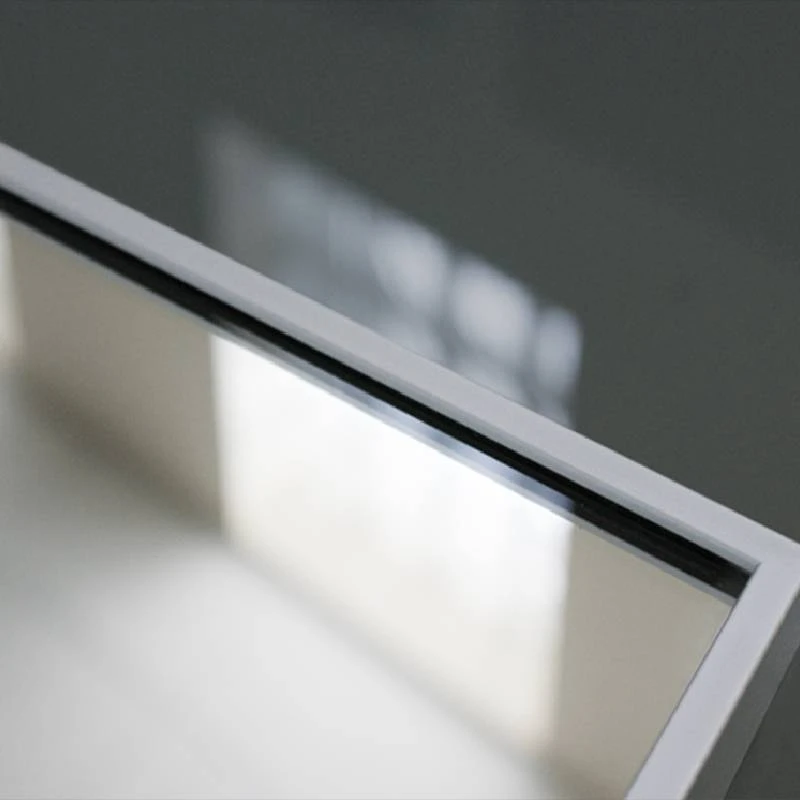

Understanding Types of Reflective Glass A Comprehensive Overview
Reflective glass has gained significant popularity in architectural design and construction, mainly due to its aesthetic appeal and functional benefits. Its unique properties allow buildings to blend harmoniously with their environment while providing enhanced thermal performance and privacy. In this article, we will explore the various types of reflective glass, their characteristics, applications, and advantages.
What is Reflective Glass?
Reflective glass features a thin metallic coating applied to a substrate, typically clear or tinted glass. This coating reflects a significant portion of solar radiation, thereby reducing heat gain while still allowing visible light to pass through. The effectiveness of reflective glass varies based on the type of coating used, thickness of the glass, and the angle at which sunlight strikes the surface.
Types of Reflective Glass
1. Low-Emissivity (Low-E) Glass Low-E glass is designed to limit the amount of infrared and ultraviolet light that passes through. This type incorporates microscopic metal oxide layers that are nearly invisible to the naked eye. Low-E glass reflects heat back into the room during winters while keeping it cool during summers. It is widely used in residential and commercial buildings for its energy efficiency and comfort.
2. Solar Control Glass Solar control glass is specifically designed to manage heat gain in buildings. This type of glass has a reflective coating that reduces solar heat gain without hindering the passage of light. It is particularly beneficial in warm climates where excessive heat can lead to increased cooling costs. Solar control glass can be either tinted or clear, depending on the desired level of reflection and appearance.
3. Tinted Reflective Glass Tinted reflective glass contains colored additives within the glass, which helps reduce glare and heat gain. The tint can vary from subtle shades to more pronounced colors, depending on aesthetic preferences and the specific requirements of a building. This type of glass not only provides better solar control but also enhances privacy by limiting visibility from the outside.
4. Mirrored Glass Mirrored glass has a highly reflective coating, giving it a mirror-like finish. This type is primarily used for creating striking visual effects in buildings where a high degree of privacy and reflection is desired. Mirrored glass is often seen in skyscrapers, shopping centers, and modern commercial buildings, providing both aesthetic appeal and functional benefits.

5. Reflective Laminated Glass Reflective laminated glass consists of two or more sheets of glass bonded together with an interlayer. This type of glass offers enhanced safety and noise reduction. The reflective coating applied to the outer layer allows it to provide solar control benefits while ensuring that the glass remains intact even if it fractures. It is especially advantageous in high-security buildings or areas prone to extreme weather.
Applications of Reflective Glass
Reflective glass is widely employed in various applications, including
- Commercial Buildings Offices, retail spaces, and malls utilize reflective glass to create an inviting ambiance while ensuring energy efficiency. - Residential Homes Homeowners often choose reflective glass for windows and sliding doors to enhance privacy and maintain interior comfort. - Skyscrapers Tall buildings frequently feature mirrored or solar control glass to reduce heat absorption and provide a sleek, modern appearance. - Curtain Wall Systems Reflective glass is a popular choice for curtain walls, allowing for expansive views while minimizing glare and solar heat gain.
Advantages of Reflective Glass
The benefits of using reflective glass are numerous, including
- Energy Efficiency Reflective glass significantly reduces the amount of solar heat that enters a building, leading to lower energy consumption and costs for heating and cooling systems. - Aesthetic Appeal The sleek, modern look of reflective glass enhances the overall design of buildings, making them more visually appealing. - Privacy Reflective glass limits visibility from the outside during the day, allowing occupants to enjoy their space without being easily seen. - UV Protection Many types of reflective glass block harmful ultraviolet rays, protecting interiors from fading and damage.
Conclusion
Reflective glass is an excellent choice for architects and builders seeking to achieve a blend of aesthetic appeal and functional performance. With various types available, including Low-E glass, solar control glass, tinted glass, mirrored glass, and laminated glass, there is a solution to meet diverse needs and preferences. As architects continue to explore innovative designs, the demand for reflective glass will likely grow, transforming our built environment into more efficient, beautiful, and functional spaces.